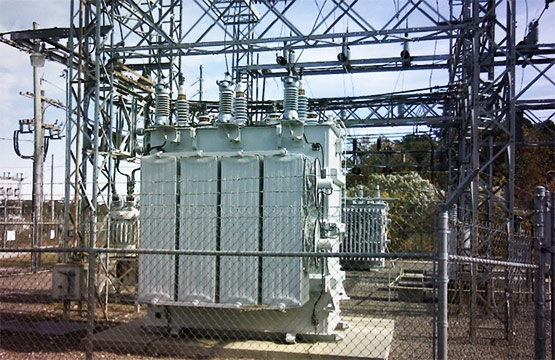

Technology is making many electronic devices much smaller than they used to be. Thermal imagers used to be big, clunky and prohibitively expensive. Today I carry an imager with 320 x 240 resolution that literally fits into my hand. It interfaces with my tablet, takes still IR images or IR video, and has all the measurement parameters available to me that I need for most applications I might employ. The price? 1.25% of what my first “modern” imager cost new. Tech has changed, and this includes thermal imagers. It’s now possible to have high resolution in a very small imaging package. One trend this is driving is the application of permanently mounted IR imagers.
Permanently mounted imaging systems aren’t new. They’ve been used in process monitoring for some time, with remote point measurement sensors leading the way years ago. Many of the thermal imager mounted systems though are much larger than what would be purchased today in the portable market. They are also typically dedicated units as they are not easily moved around to other locations. The possible applications are varied too. The advent of the Industrial Internet of Things (IIoT) is making the use of permanent IR imagers much easier to manage. Just a few years ago, the concept of taking high-density data that was collected at one physical location and transporting it electronically to a different location was almost considered far-fetched. The bandwidth necessary only existed in a few places, and the technology to collect said data wasn’t the best either. Earlier systems consisted of an optical sensing head at the inspection location and the electronic/control of the unit on the receiving end. Nowadays the imager can be set up for the specific task at hand and a wide variety of indicators can be on the operator end.
Today systems exist that can be installed in substations, plant level electrical enclosures, and high energy areas not easily or safely accessible by personnel, as well as process/manufacturing monitoring. The camera head can be in an enclosure if needed, and air/water cooling, air purging and other environmental needs can be addressed. And then the unit must be connected to a network—either wired or wirelessly. The data these systems collected can then be stored in a cloud server for later analysis or transmitted in nearly real-time to a remote analyst.
That brings up a point that should be discussed. These changes in technology make data collection easier, faster and in some cases fairly precise. There are other system factors that must be addressed, such as IFOV and IFOVmeas, focusing ability (if needed), etc. The human element, however, needs to remain intact. The cost to install a permanent IR monitor in any of the applications mentioned above can be recovered in reduced cost of not having the data collected by a person. However, the data still requires knowledge and understanding of heat transfer principles as well as knowledge of the equipment being inspected to properly interpret and analyze. For example, what effect is convection over the inspection surface, is solar loading occurring, do you have an indirect measurement, emissivity variations, thermal gradients, etc. all come in to play when analyzing the image. Failure to recognize these limitations can easily erase any benefit of having these systems installed.
So, keep ahead of the technology curve. Utilize what we have access to, but don’t forget to Think Thermally® as it still goes a long way, in the long run, to help you be successful!